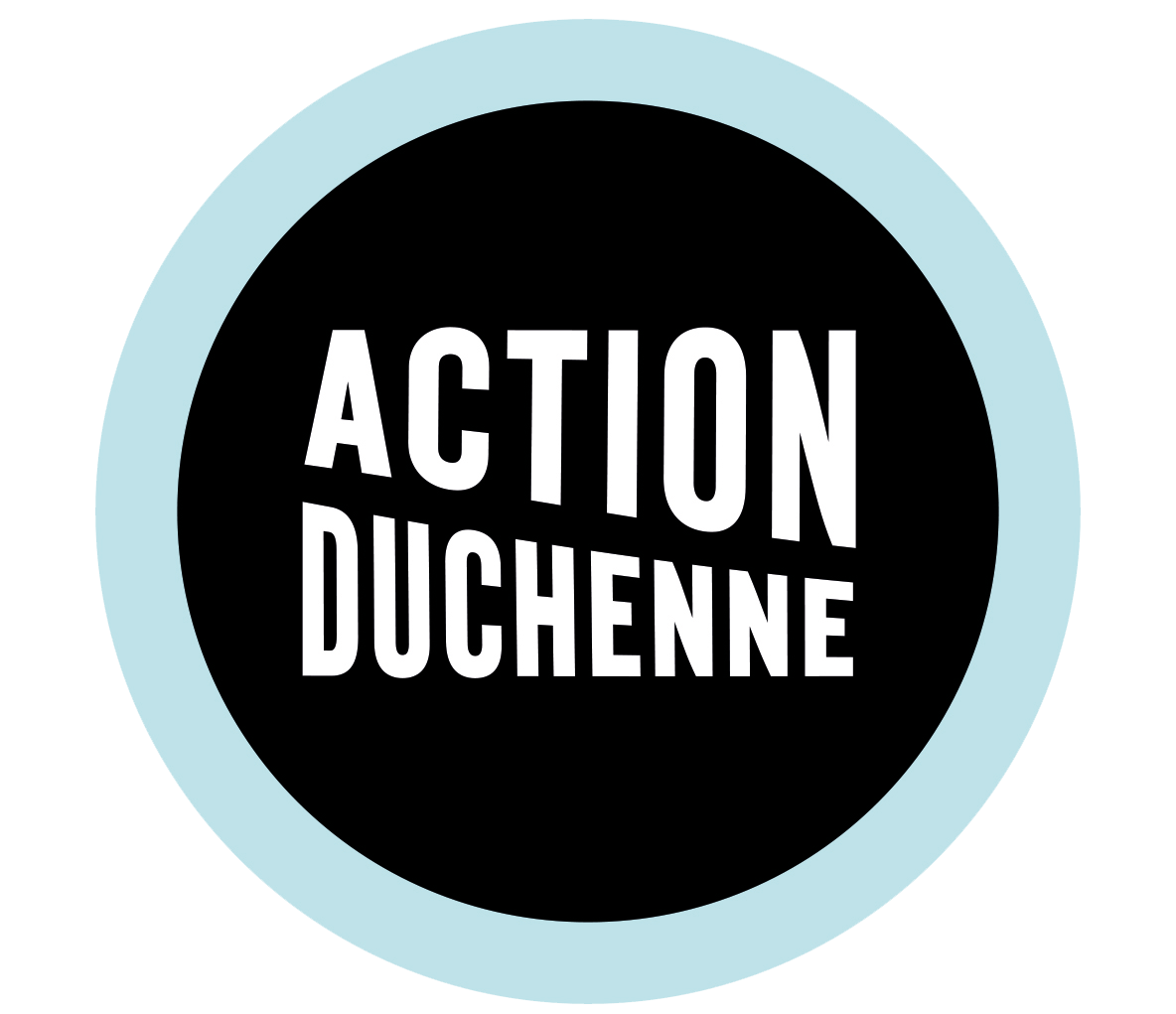In August 2014, Translarna (ataluren) became the first drug to be given a conditional approval, by the European Medicines Agency (EMA), to treat an underlying genetic cause of Duchenne muscular dystrophy. Translarna has been designed to target a particular genetic mutation, called a ’nonsense mutation’ that causes 10-15 percent of cases of the condition.
In England and Wales, Translarna is available on the NHS through a Managed Access Agreement. This agreement makes the drug available for five years while more data on its effectiveness are collected.
In Scotland, Translarna is available via funding requests sent by a clinician to the relevant Health Board.
How does Translarna work?
Nonsense mutations are changes in the DNA that result in a stop signal in the wrong place in a gene. A gene holds the instructions needed to make a protein, and the stop signal prevents the instructions being read to the end. In Duchenne, early stop signals (scientifically called a premature stop codon) in the dystrophin gene can prevent production of the dystrophin protein.
Translarna works by telling the cell to ignore the early stop signal in the mutated dystrophin gene, and to keep going until it reaches the normal stop signal, allowing full-length, working dystrophin protein to be made.
Importantly, experiments have shown that Translarna does not stop cells from responding correctly to the normal stop codons at the end of the genes.
Who is Translarna for?
Translarna (which used to be known as ataluren) has been developed to treat Duchenne muscular dystrophy caused by a nonsense mutation. It cannot treat Duchenne caused by other types of mutation.
To start taking Translarna, children must be:
- aged two years and over
- able to walk 10 steps unaided

